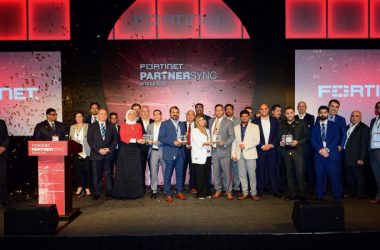
Windows 7 users got a nice surprise when Microsoft released its first set of security patches since unveiling the new operating system last month. Of the 15 bugs patched, none affected Windows 7.
When Microsoft launched Windows 7, it was billed as the company’s most secure release ever — the culmination of a nine-year "Trustworthy Computing" effort to shore up a product line that had been riddled with major security holes.
But does stress-tested software really matter to Microsoft’s customers, seemingly besieged by more online attacks than ever before? Microsoft had years to improve Windows XP, but the Conficker worm, which began spreading last year, is now thought to have infected more than 7 million Windows machines. And for every Windows bug that gets squashed, hackers seem to find new problems in the software that runs on top of Microsoft’s operating system — Flash Player, QuickTime and Java.
"Windows 7 is definitely by far the most secure system they’ve shipped," said Dave Aitel, chief technology officer with Immunity, a security company that spends a lot of time finding the latest software bugs. "I guess the question that everybody is asking right now is, ‘Is this enough?’"
The man behind Microsoft’s Trustworthy Computing initiative, Chief Research and Strategy Officer Craig Mundie, says the industry still has work to do. “We’ve made huge progress with respect to security around the core OS technology in the Windows PC," he said in a recent interview. "But as we did that and the ‘Net became more prevalent, the bad guys continued to evolve their attacks."
This is Microsoft’s conundrum. Windows may be safer, but cyber-criminals still have plenty of other places to attack. And when you can hit hundreds of millions of users with a single attack, why change the game plan? So most of the worst attacks today still target PCs running Windows, whether the OS itself is secure or not.
Take spear-phishing. Attackers are getting so good at sending these highly customized e-mail messages, complete with malicious attachments, that the underlying security of Windows is almost irrelevant.
"The problem with the targeted attacks is that there’s so much money that they can actually trump the security," said Alan Paller, director of research for the SANS Institute, a security training company. "The amount of money that governments and large industrial crime groups have to spend is enough to trump any of the defenses we have."
In a report released last month for a congressional advisory panel, Northrop Grumman analysts detailed exactly how this happens. Looking at known attacks, the report found that targets are carefully selected, and then sent very believable e-mails with maliciously encoded attachments that exploit bugs in a product such as Adobe Reader — something that’s outside of Microsoft’s control. The victim opens the .pdf and suddenly attackers have a foothold on the network.
Microsoft customers like Paul Melson think there will be much broader enterprise adoption of Windows 7 than there was with Vista, which was largely ignored by corporate users. But while Microsoft has its own house in order, security is still a problem on the Windows platform, according to Melson, a manager of information security with Priority Health.
"As long as third-party patching continues to be a challenge, client security will continue to be at the forefront of information security defense and incident response," he said via e-mail. "Windows 7 won’t significantly reduce client-side attacks that lead to compromises, but I don’t think that Microsoft should bear the burden for it, either."
Microsoft thinks it can go a long way toward solving this type of problem by improving the way people identify each other on the Internet. For the past few years it has promoted an idea it calls "end-to-end" trust, saying it wants to develop better identification mechanisms for people, computers and software on the Internet.
Microsoft has taken its first step in this direction with its Windows CardSpace identity management software. It could help give people a better sense of who they’re really dealing with on the Internet, but whether the rest of the industry will buy into this vision remains to be seen.
"This is the next phase in the battle for trustworthy computing and that is still getting ramped up," Mundie said. "Clearly there’s always more to do."
Noe of Tuesday’s security patches affected the new OS





